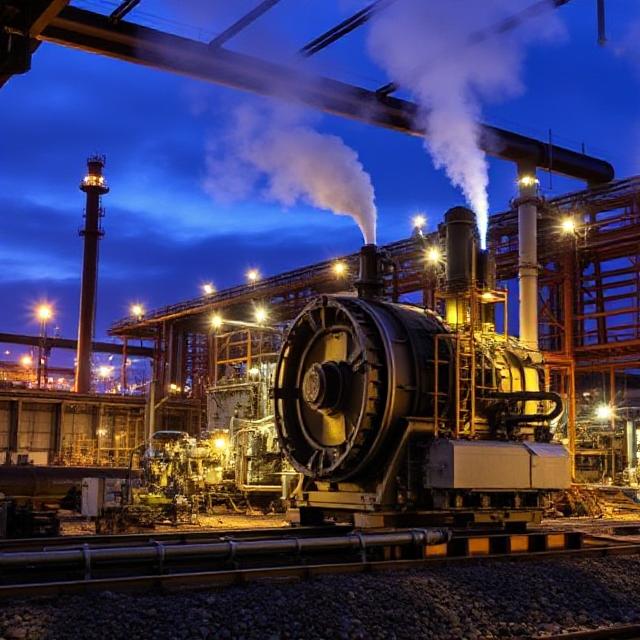Hydrogen-especially green hydrogen-has emerged as a pivotal technology in the global steel industry’s shift toward net-zero carbon emissions. Generating approximately 7–9 per cent of the world’s CO₂ emissions, the sector urgently needs transformational innovation to meet international climate goals. Hydrogen, when used in place of coking coal, could reduce CO₂ emissions dramatically, from nearly 2.3 t/t steel with traditional methods to as low as 0.3–0.4 t/t using clean hydrogen-based processes.
Current production methods rely heavily on blast furnace–basic oxygen furnace routes, which account for roughly 72 per cent of global output. Yet new investments are shifting toward electric arc furnaces (EAFs), now making up about 43 per cent of planned capacity. The real breakthrough lies in integrating hydrogen-based direct reduced iron (H₂‑DRI) strategies alongside EAF systems—this approach has the potential to eliminate most emissions while preserving industrial scale.
Hydrogen’s appeal extends beyond decarbonisation. For example, major European hydrogen‑steel ventures aim to cut emissions by up to 95 per cent, using hydrogen produced via renewable-powered electrolysis. Though early-stage production remains modest, these plants serve as scalable models for the broader steel sector and have already secured contracts with premium-paying manufacturers.
In India, development of hydrogen steel pathways is taking shape. Pilot programs and policy-led investments are advancing H₂‑DRI trials, supported by national mission frameworks and incentives. However, hydrogen remains expensive—around USD 2–7/kg—so adoption hinges on continued cost reductions, regulatory support, and evolving carbon pricing frameworks.
The transformation to hydrogen-based steel is both technically feasible and climatically urgent. Analysts underscore that H₂‑DRI is the only emerging decarbonisation method capable of delivering near-zero emissions at scale, surpassing alternatives like partial fuel substitution or carbon capture schemes.
While the technology shows strong promise, widespread deployment will demand massive investments, expanded green energy infrastructure, supportive policy mechanisms, and global coordination. If executed effectively, hydrogen steel could reshape the industry—with greener steel emerging as both a climate asset and a competitive differentiator.





